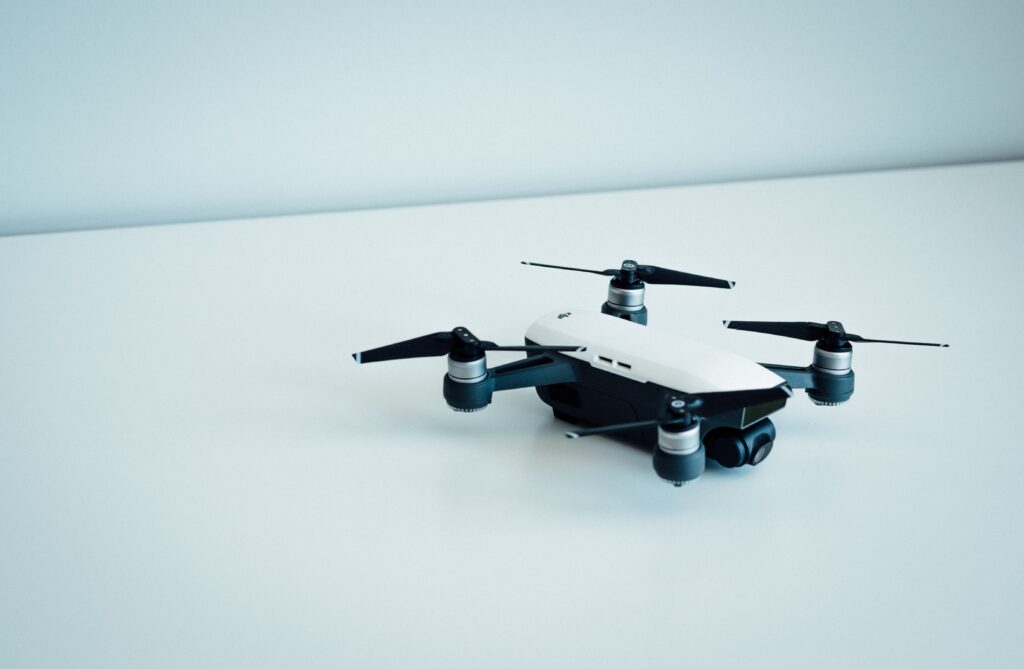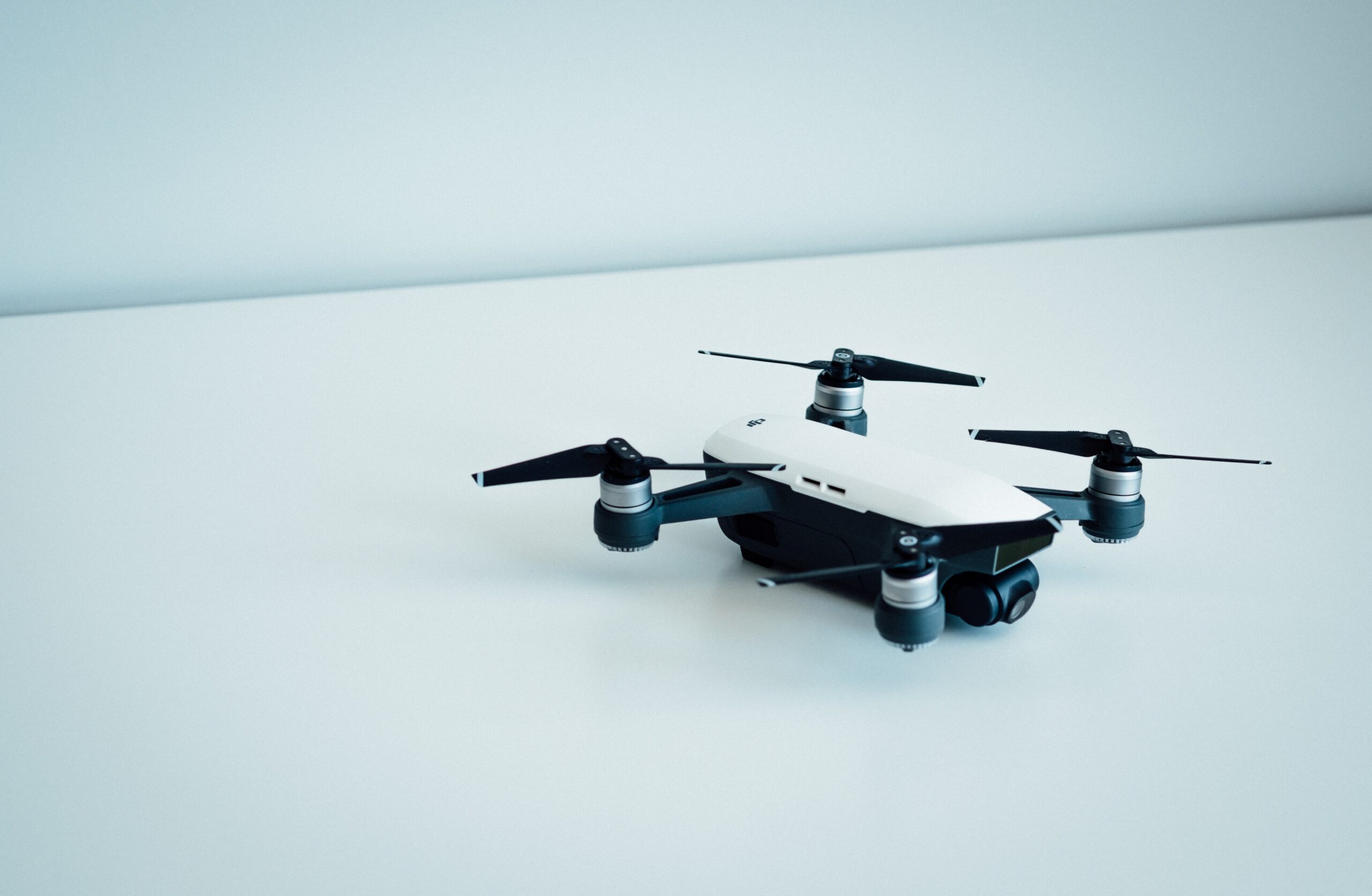Author: Michele Puggia - Military Strategy and Intelligence Team
Introduction
The images of the massacre at the Supernova music festival near the Re'im kibbutz at the hands of Hamas are those that, in the public eye, marked the start of the ongoing hostilities between Israel and Gaza. These images are well-known as they are tragic. Even so, some of them, depicting the peculiarity of the attack, might raise some interesting questions concerning the capabilities of violent non-state actors (VNSA). Some of the pictures, along with Hamas's propaganda videos, have, in fact, shown the militants using motorised paragliders to swoop on the festival. While by no means sophisticated in terms of technology, these creative tactics, capitalising on the (limited) use of airspace, might be cause for concern.
Naturally, paragliders are just one small piece of the puzzle. VNSAs have been using air assets for quite some time now. The Tamil Air Tigers, for example, in 2007 used small commercial fixed-wing aircraft and helicopters to conduct successful night raids on Sri Lankan military objectives. But the most relevant "new" tool in air warfare, is undoubtedly the drone.
In another ITSS article by Danilo dalle Fave, the strategic utility of the use of drones by a nation such as Iran was underlined. In this article, the aim will be that of diving into the potential risks that these devices pose when in the hands of insurgents, and violent extremists.
Emerging Threat Scenarios
Commercial drones are cheap and replaceable, they don't require particular training, and radars have a hard time picking them out because of their small size, slow speed, and low flight path. And even when they are identified by an air-defence system, in many cases their destruction requires the use of expensive missiles, that are each worth many times more than a single drone; it then becomes clear how easy it could be to swarm and overload such systems.
Military-grade drones clearly represent a bigger threat in terms of destructive potential, but due to their cost and complexity, they are limited to those VNSAs with a sponsor state; relevant examples of these are Hamas, Hezbollah, and the Houthi rebels, all of which seem to have received drones from Iran or were aided in their development. Also, procurement of these drones, which are subject to regulations and restrictions, by VNSAs might still prove complex, which limits the main strength of drones such as the Shahed-136, which relies on its high numbers to overwhelm enemy defences.
Broadly speaking, the use of drones by VNSAs has provided these groups with cheap access to intelligence, surveillance, target acquisition, and reconnaissance (ISTAR), and also to ordnance delivery. ISIL has been particularly prolific in this endeavour. Without sponsor-states providing them with higher-end capabilities, they have been using commercial drones to gather intelligence and create propaganda material since their inception. During the battle of Mosul, for example, they used drones to boost their C2 capabilities by spotting enemy roadblocks and re-directing vehicle-borne suicide bombers to their targets. They had been so effective that US Special Operations Commander General Raymond Thomas admitted that, for a time, ISIL enjoyed tactical superiority in the city's airspace. It seems fair to point out that this, albeit being a successful tactic, didn't prevent ISIL from losing Mosul.
In October 2016, ISIL also managed to kill 2 peshmerga fighters thanks to a booby-trapped drone that had been shot down. Drones have been since also adapted to carry and deliver small bombs, so as not to require the destruction of the drone itself.
These kinds of threats might seriously affect future battlefields. Force protection in insurgencies could become increasingly more complex, limiting troops' mobility and increasing the costs of operations. The impact of unpredictable drone attacks from above on morale would also be considerable.
Nonetheless, these new threats are unfortunately not exclusive to battlefields. Aside from also being able to threaten rear bases and supply lines, drones bring new challenges also to states not at war. Transnational terrorist groups might in fact easily use commercial drones to scale up the number of victims of their attacks against the civilian population. It is not hard to imagine how much more devastating a coordinated attack, such as that of the Bataclan, would be if carried out with a number of explosive drones engaging intervening law enforcement officers. Amateur videos on the internet additionally show the possibility of fitting guns directly on drones. This would further increase the operational spectrum of terrorist and insurgent cells at home and abroad.

Defensive Prospects
One element is important to consider though. Until today, no drone attack, be it terrorist or against military forces, has led to the potentially catastrophic consequences envisioned by many experts. As a matter of fact, a report of the ICCThas found that among all VNSAs in the Middle East that use drones, none have, for example, mounted guns on their drones. "Suicide" and "bomber" drones have managed to achieve always limited results. Hamas has also failed to use its drones effectively against Israel, even when benefitting from Iran's expertise.
This might show that operating even simple commercial drones and rigging them for offensive purposes is more complex than it may seem. Besides, it is important to remember that the resources of these actors are not limitless, and while drones may be cheap, their use, maintenance, and weaponisation would require resources that won't be spent elsewhere, boby-trapping homes, producing roadside IEDs, buying weapons and so on.
Furthermore, millions are being spent on research for anti-drone technology. From directed energy weapons, to jamming guns and electronic warfare systems. And other, already-existing systems have proven to be moderately effective at countering drones without bringing a nation to bankruptcy; Ukrainian flak-guns and American CRAMs are two such examples.
Not all of these tools will fit all contexts, after all, it would be quite picturesque to imagine European landmarks such as Alexanderplatz or the Champs-Elysées protected by patriot or laser batteries. Law enforcement will need different tactics and tools than those needed by deployed military personnel.
The accessibility and unpredictability of drone use by malicious actors remain a relevant threat. As Chavez notes then, it might become more effective to focus counter-drone efforts on intelligence, and supply chain disruption that represent (even if in different forms) tools and pathways available to both the military and the civilian world.

No comments.